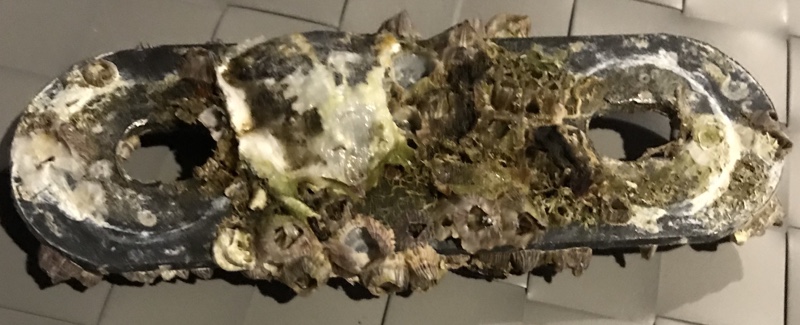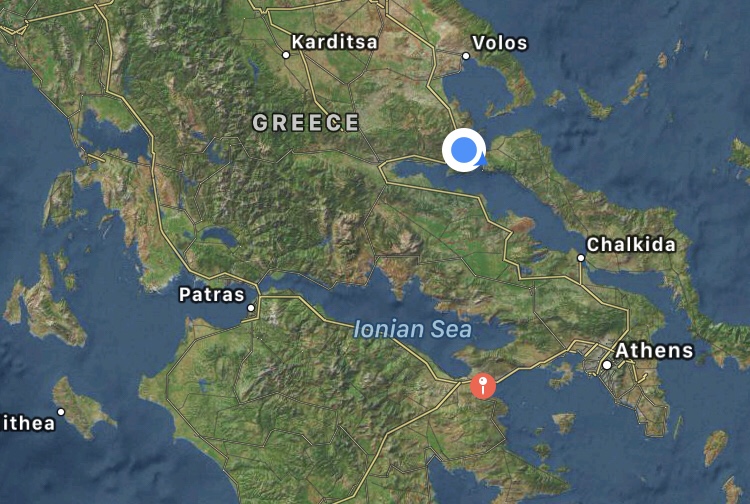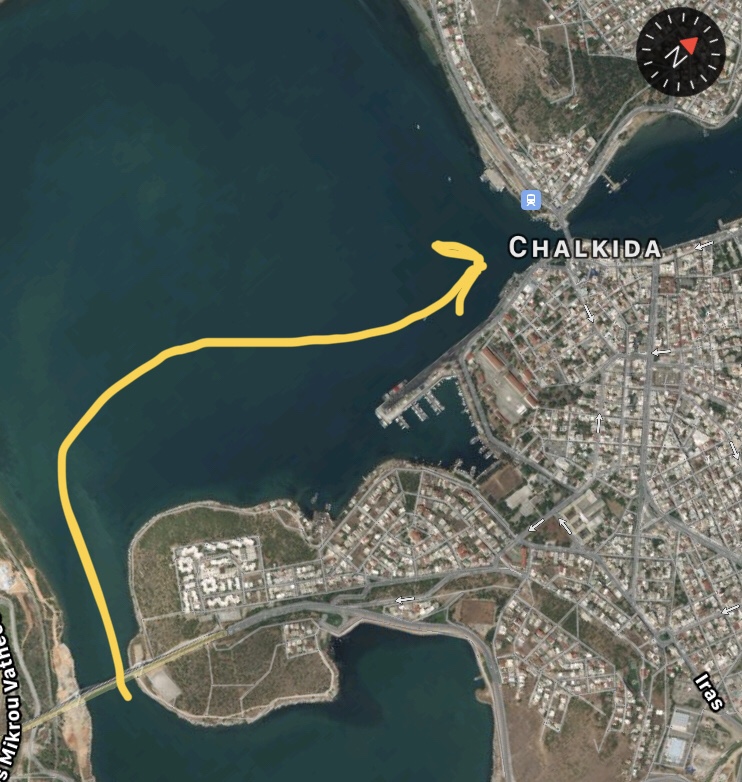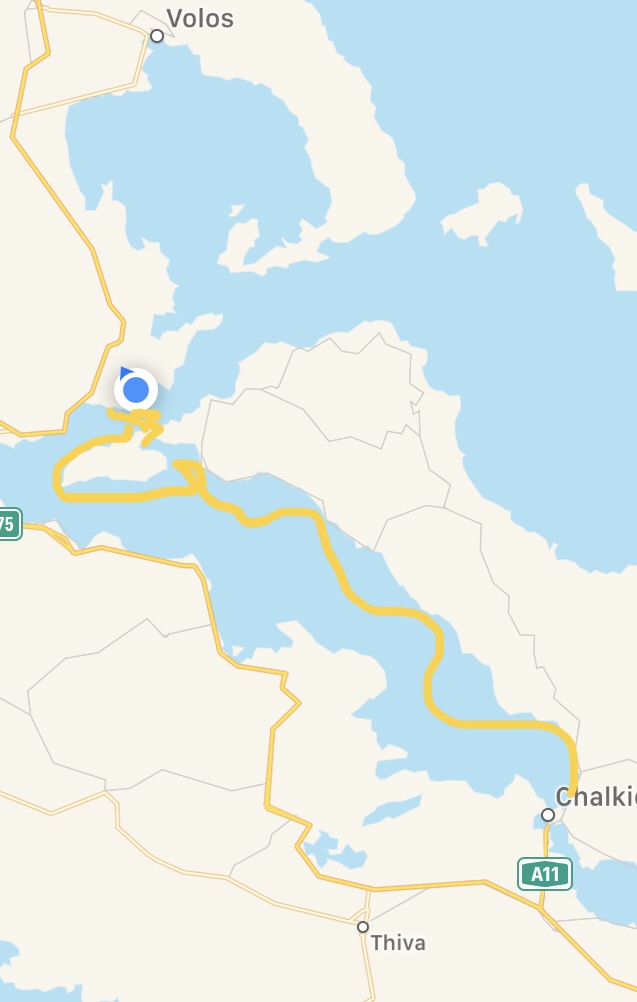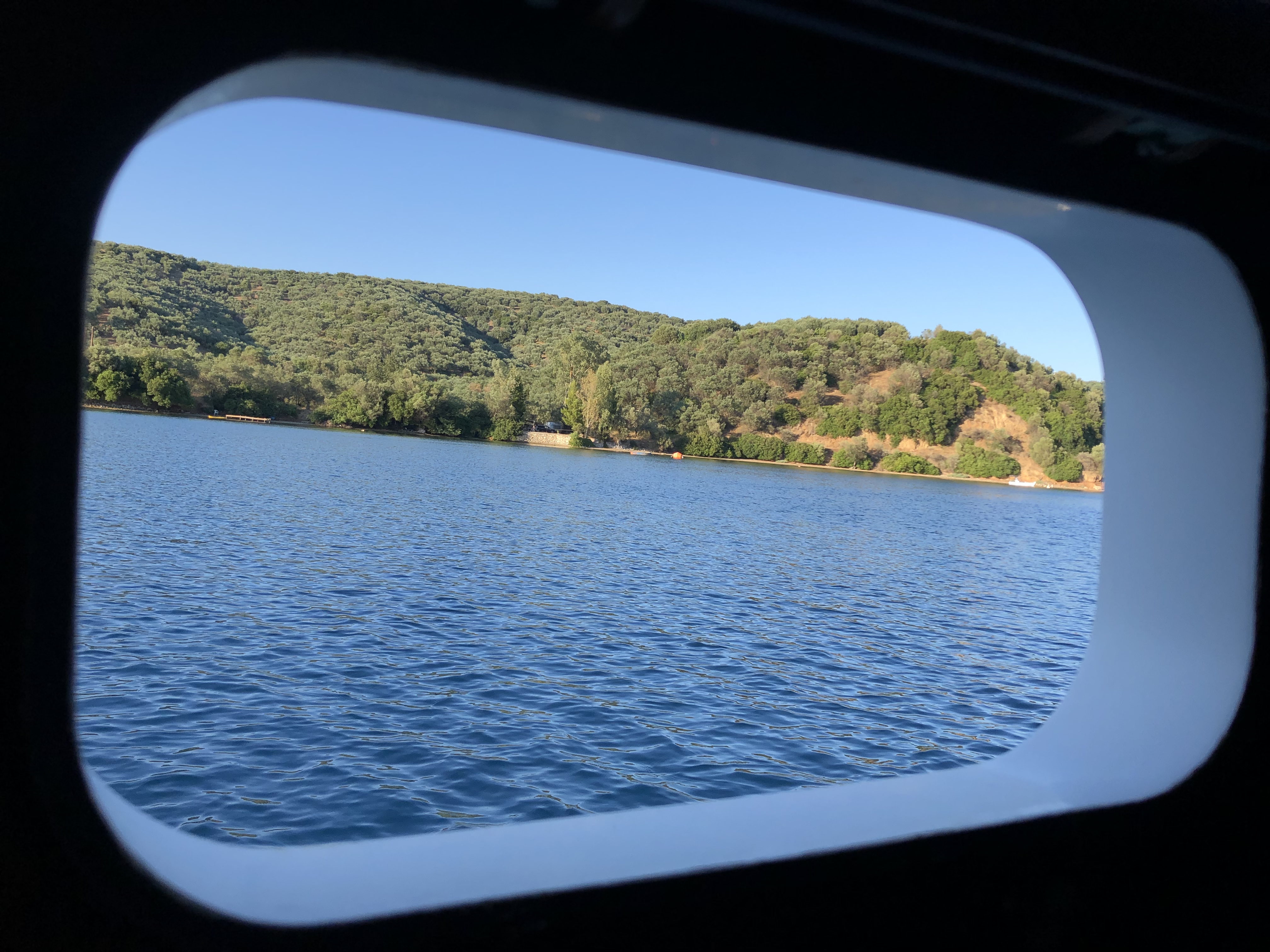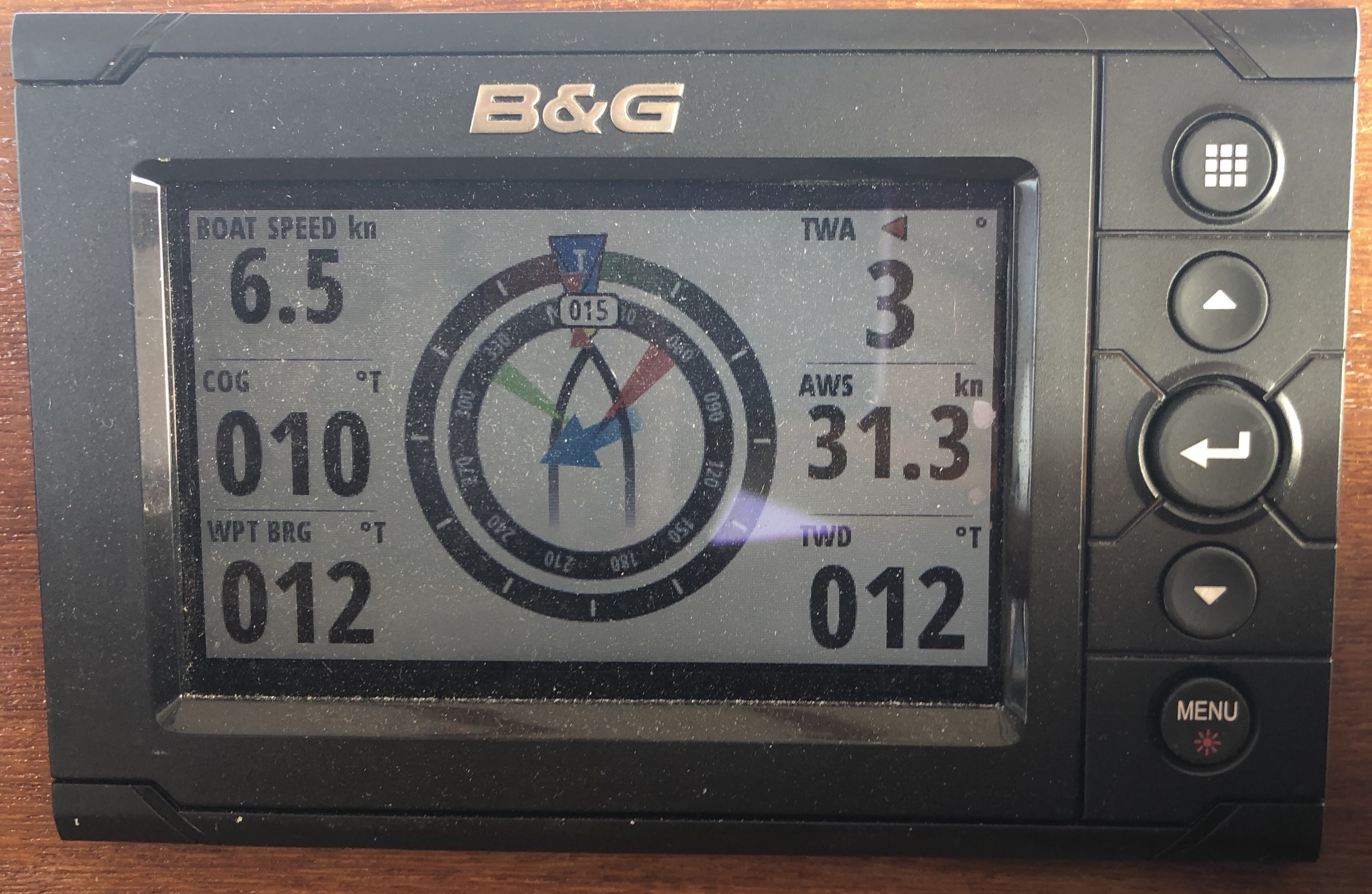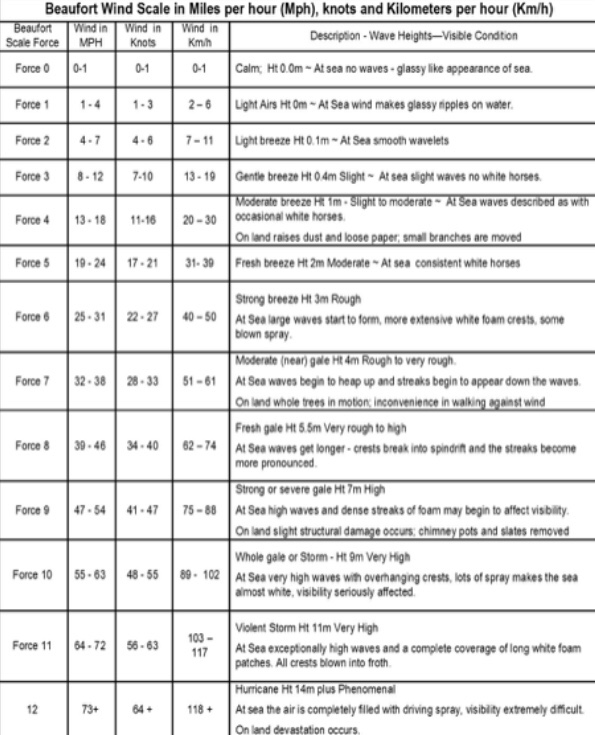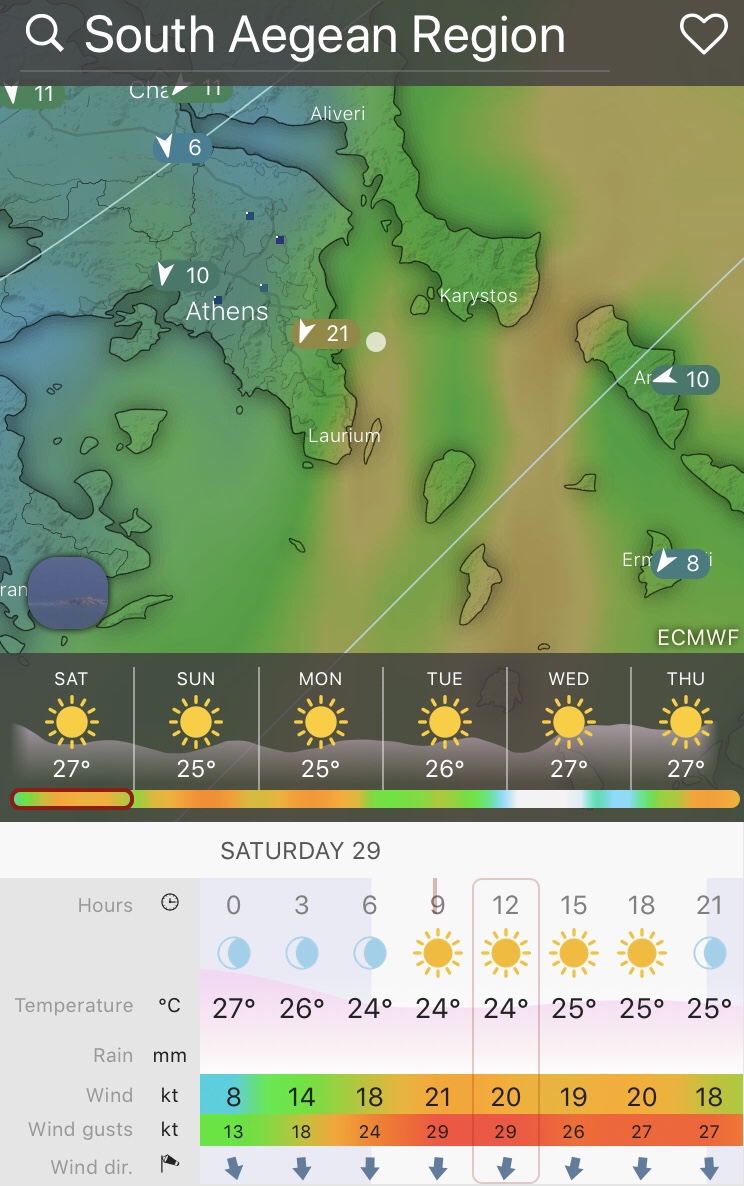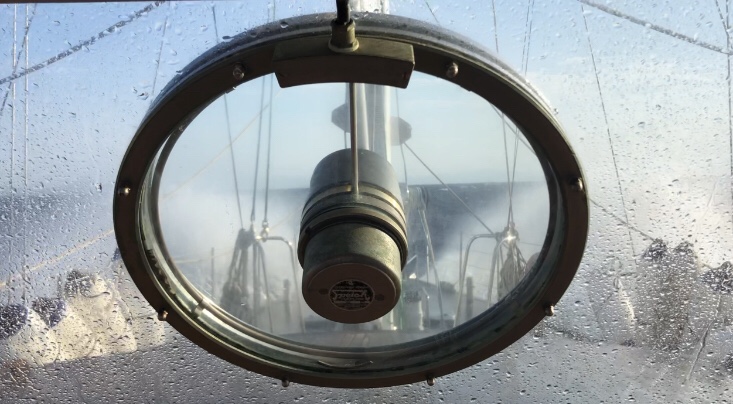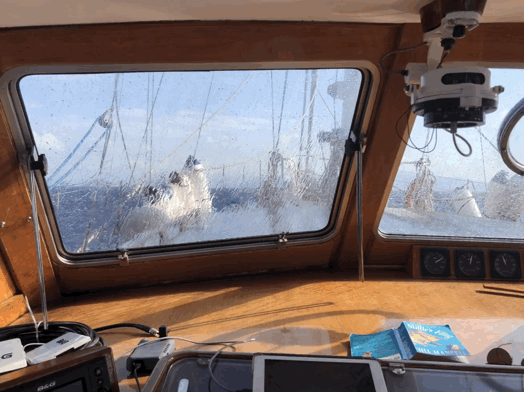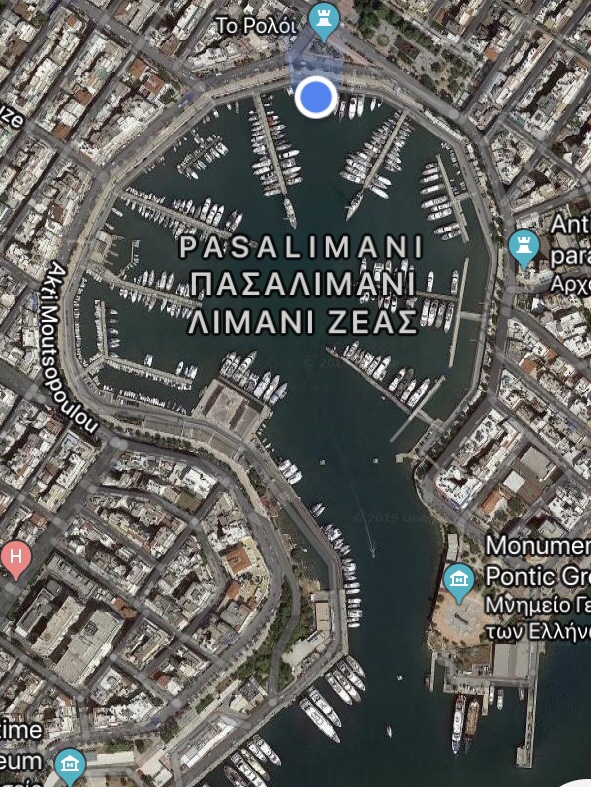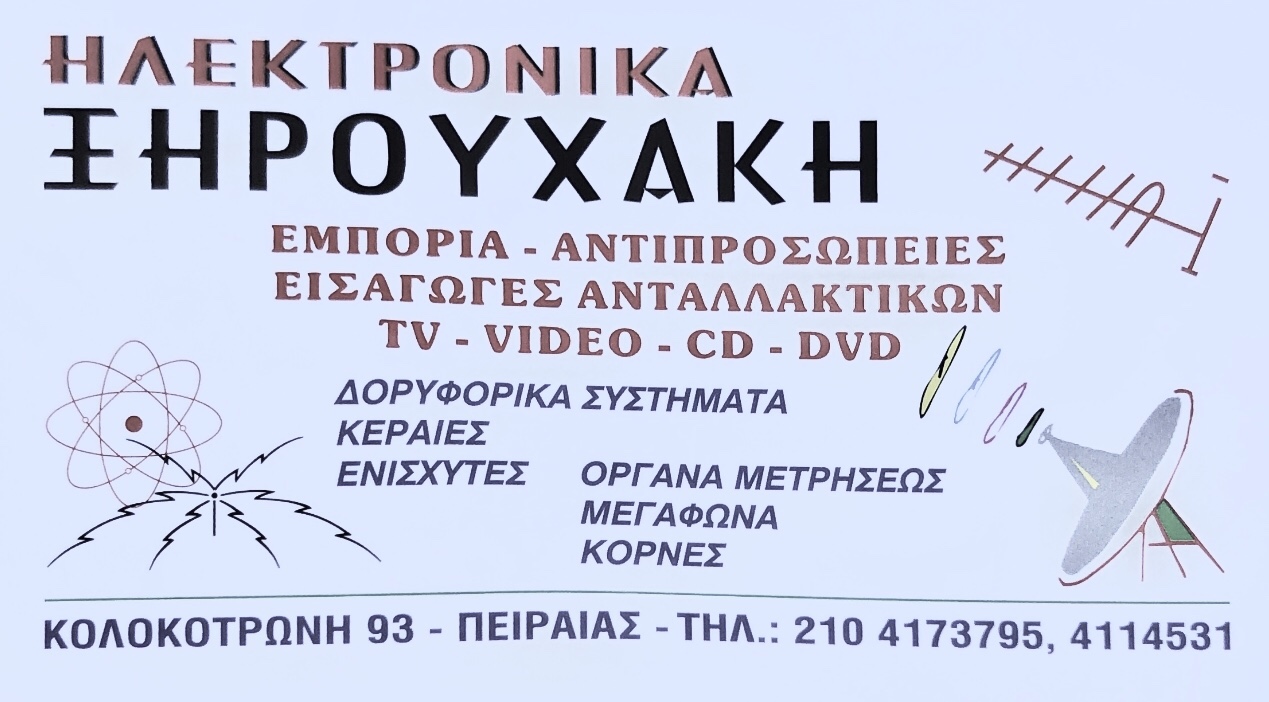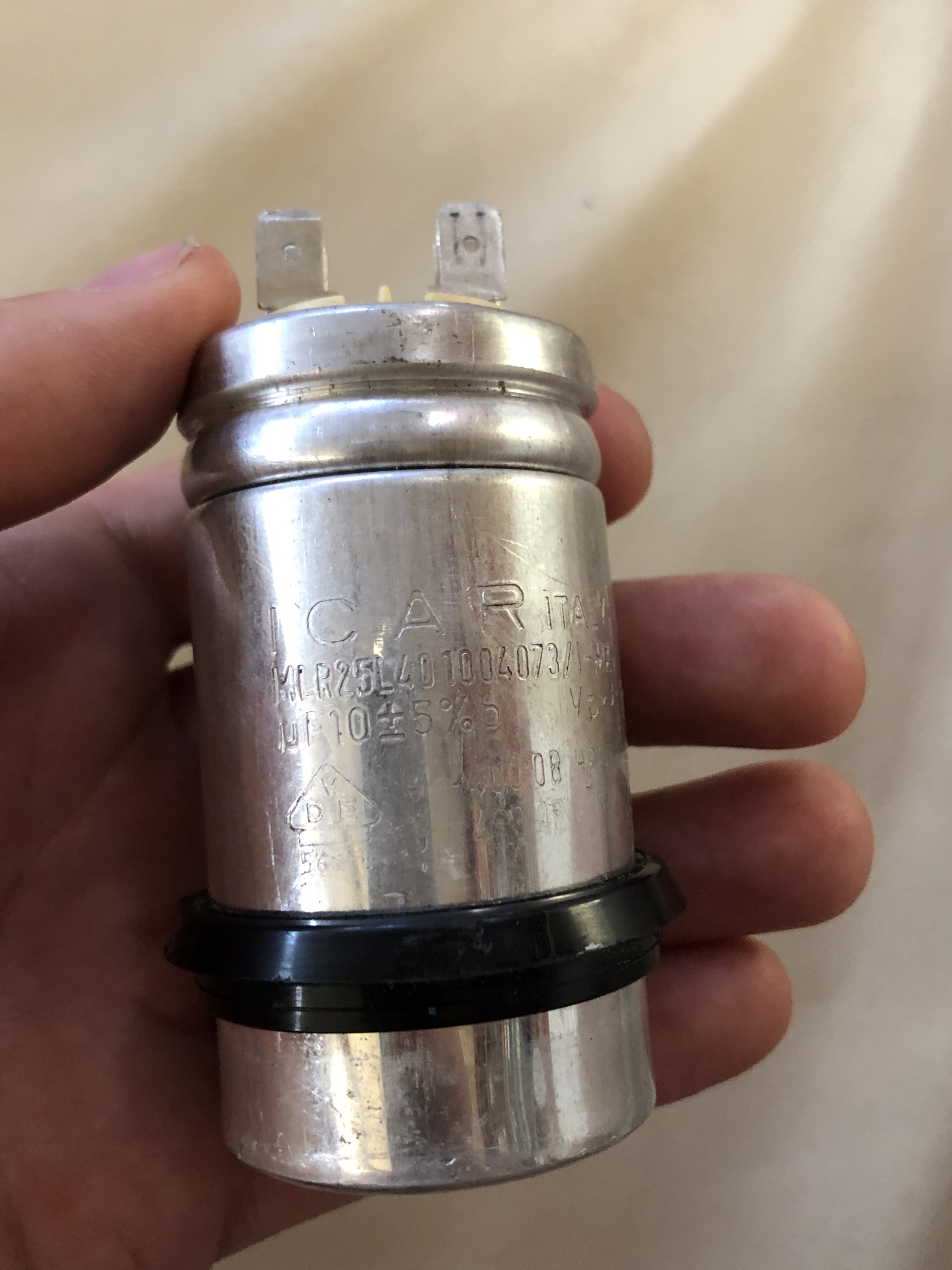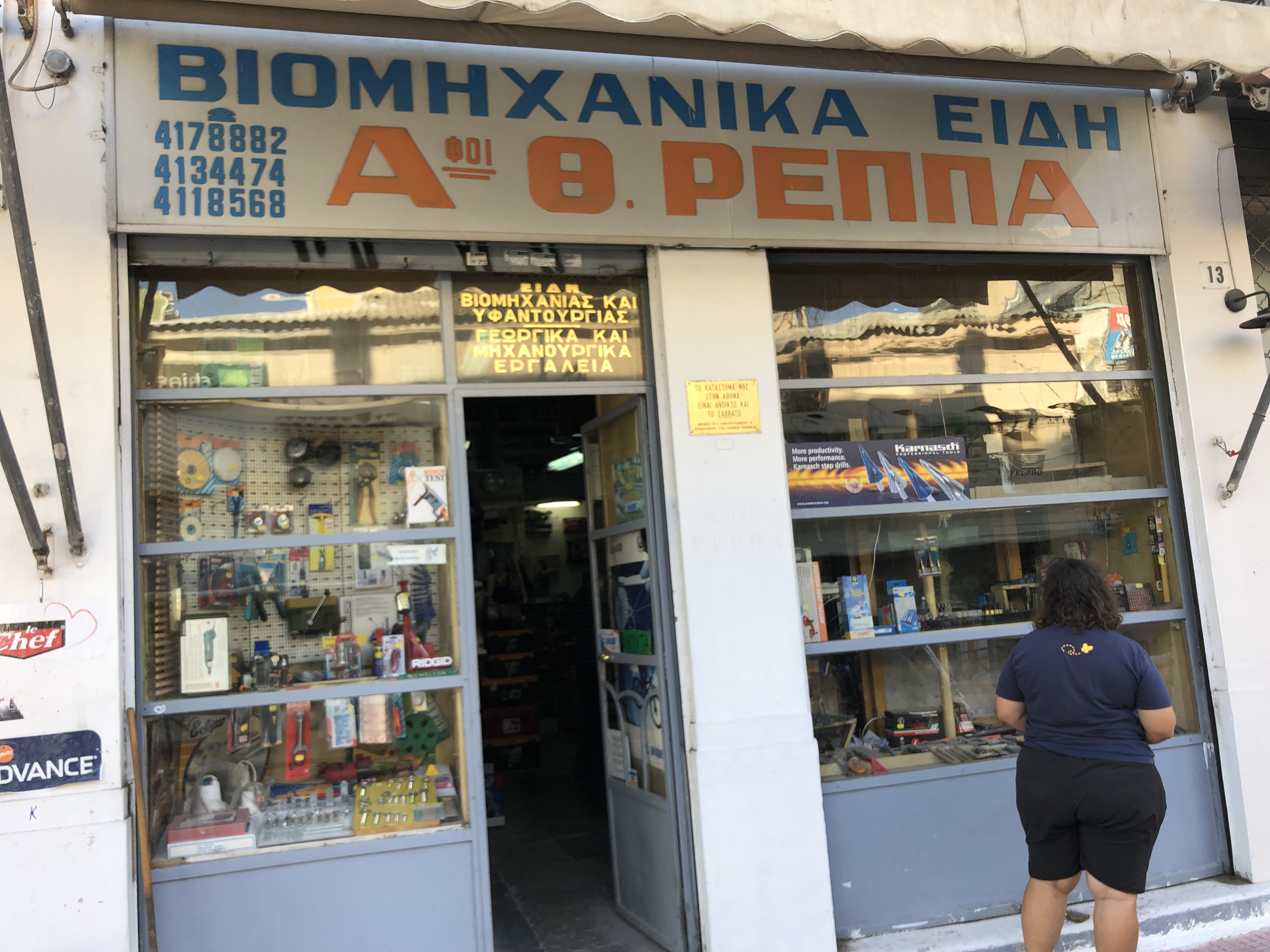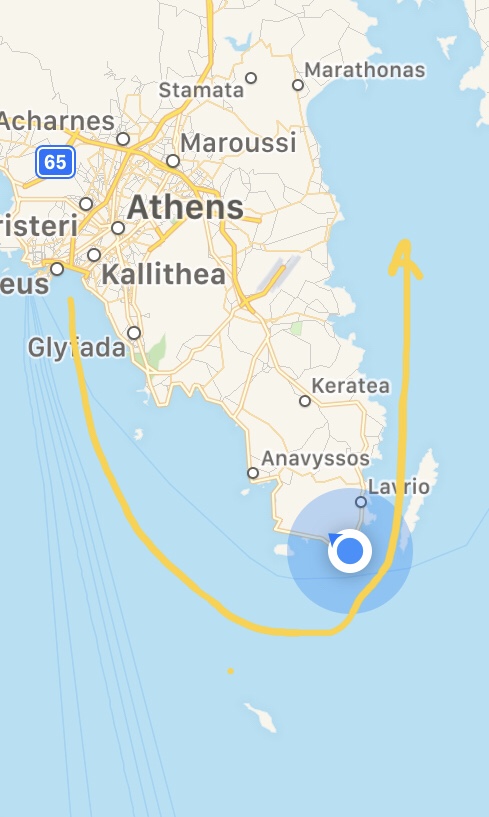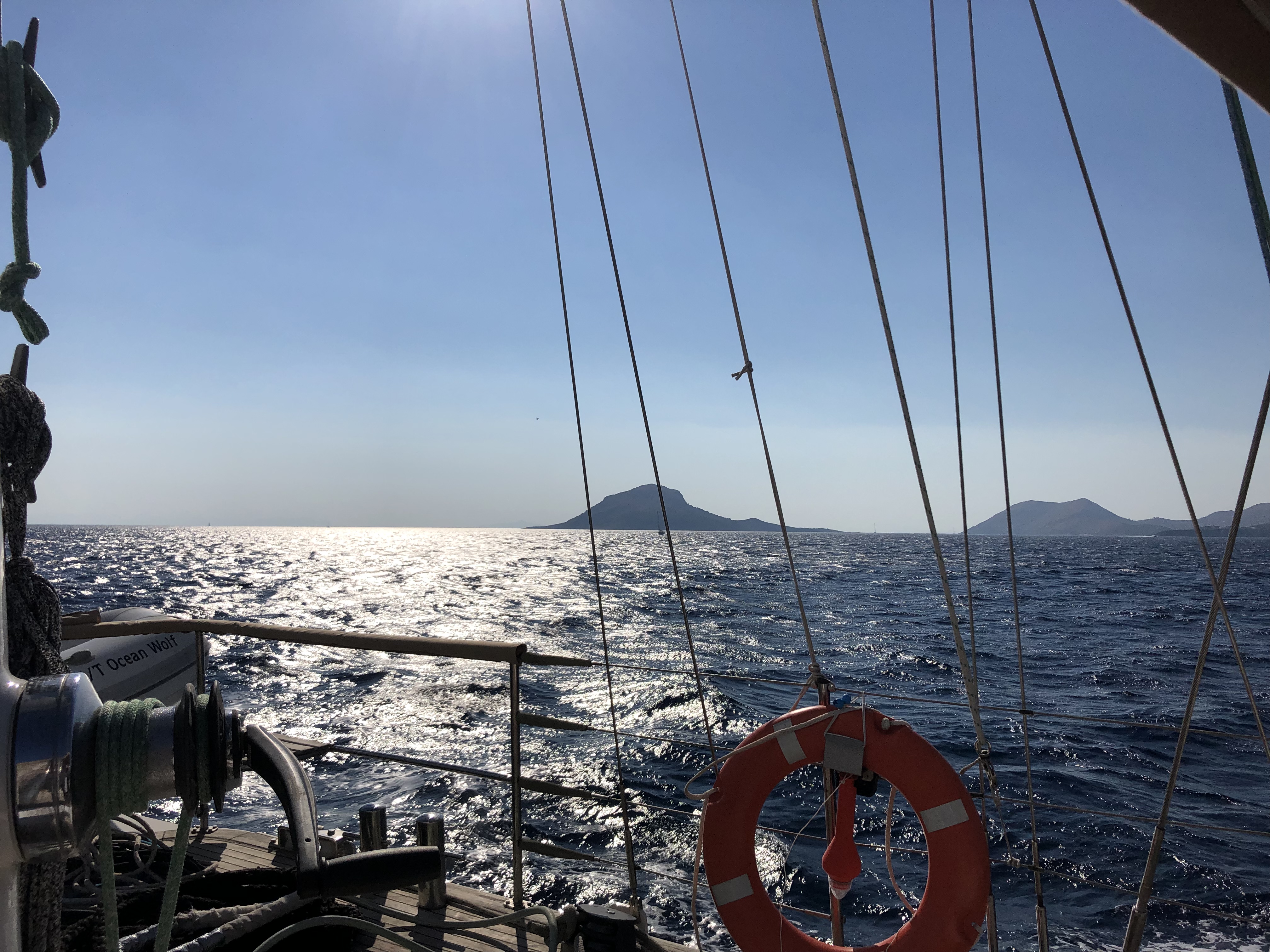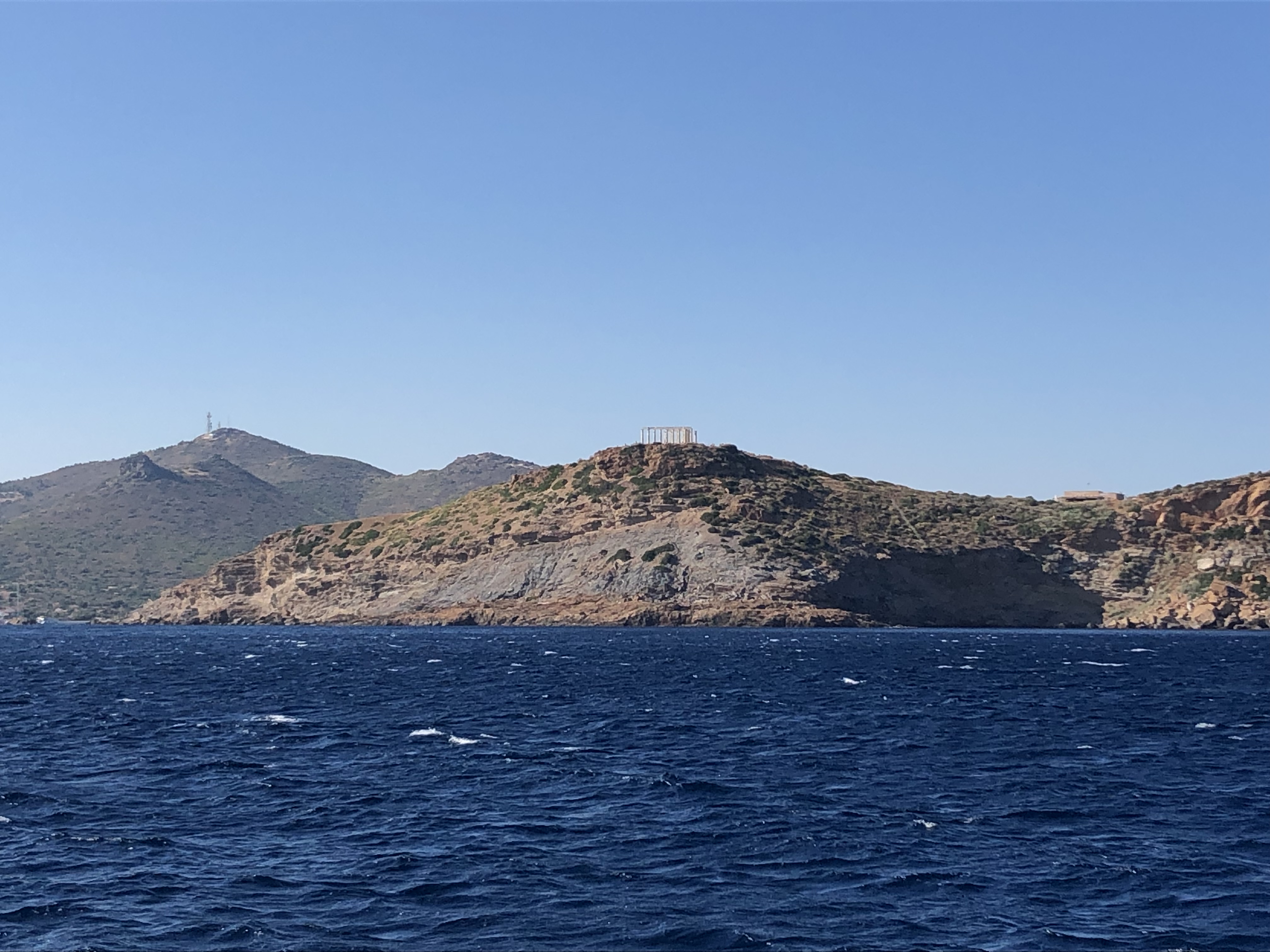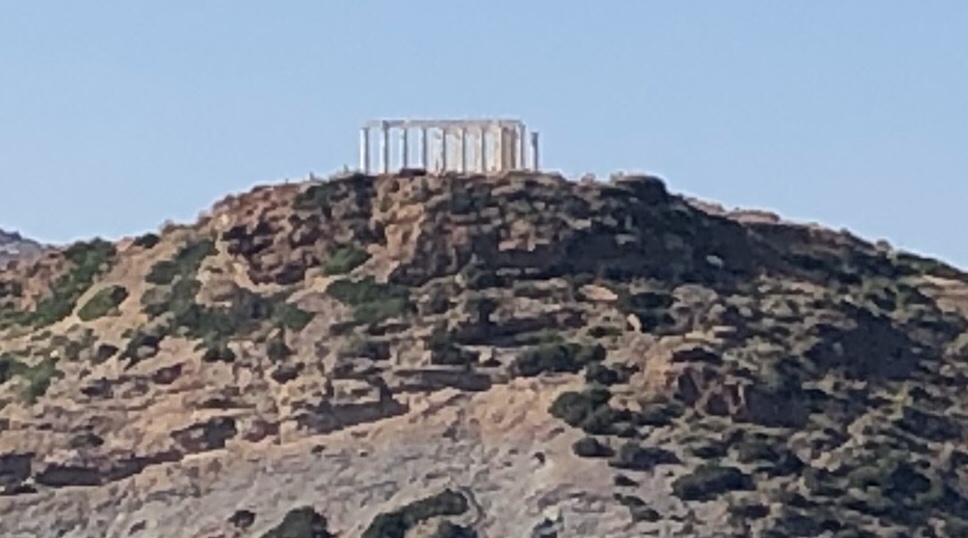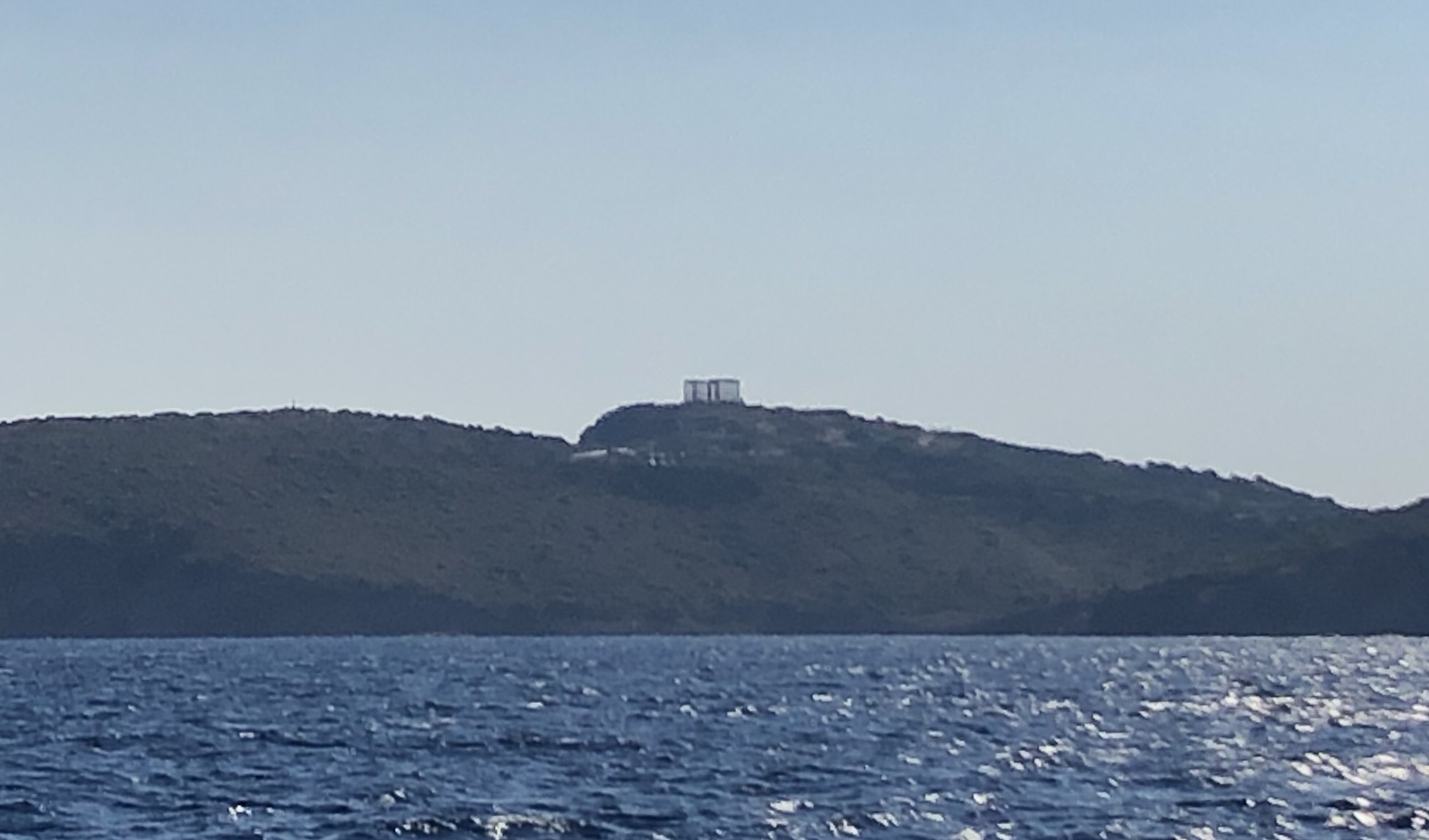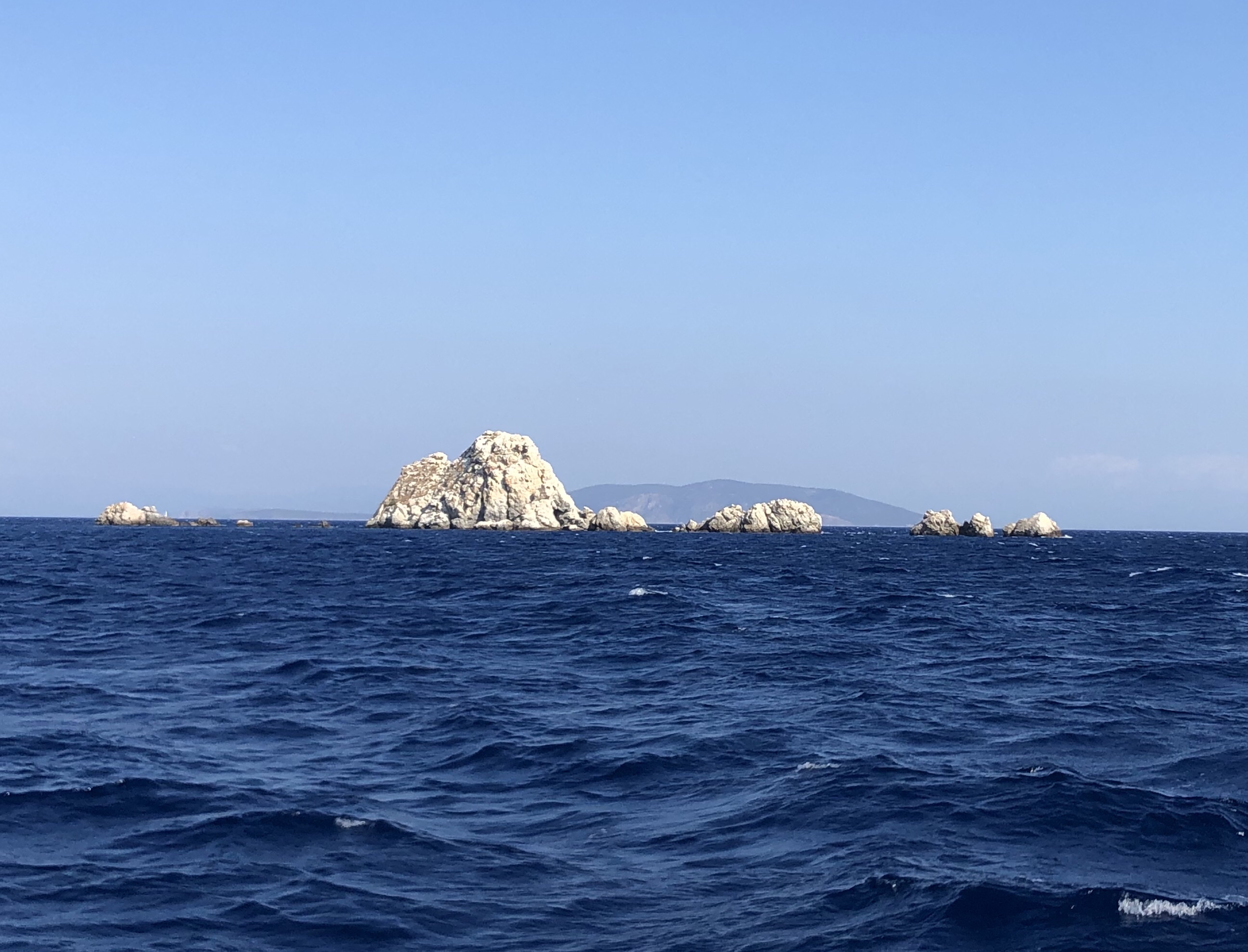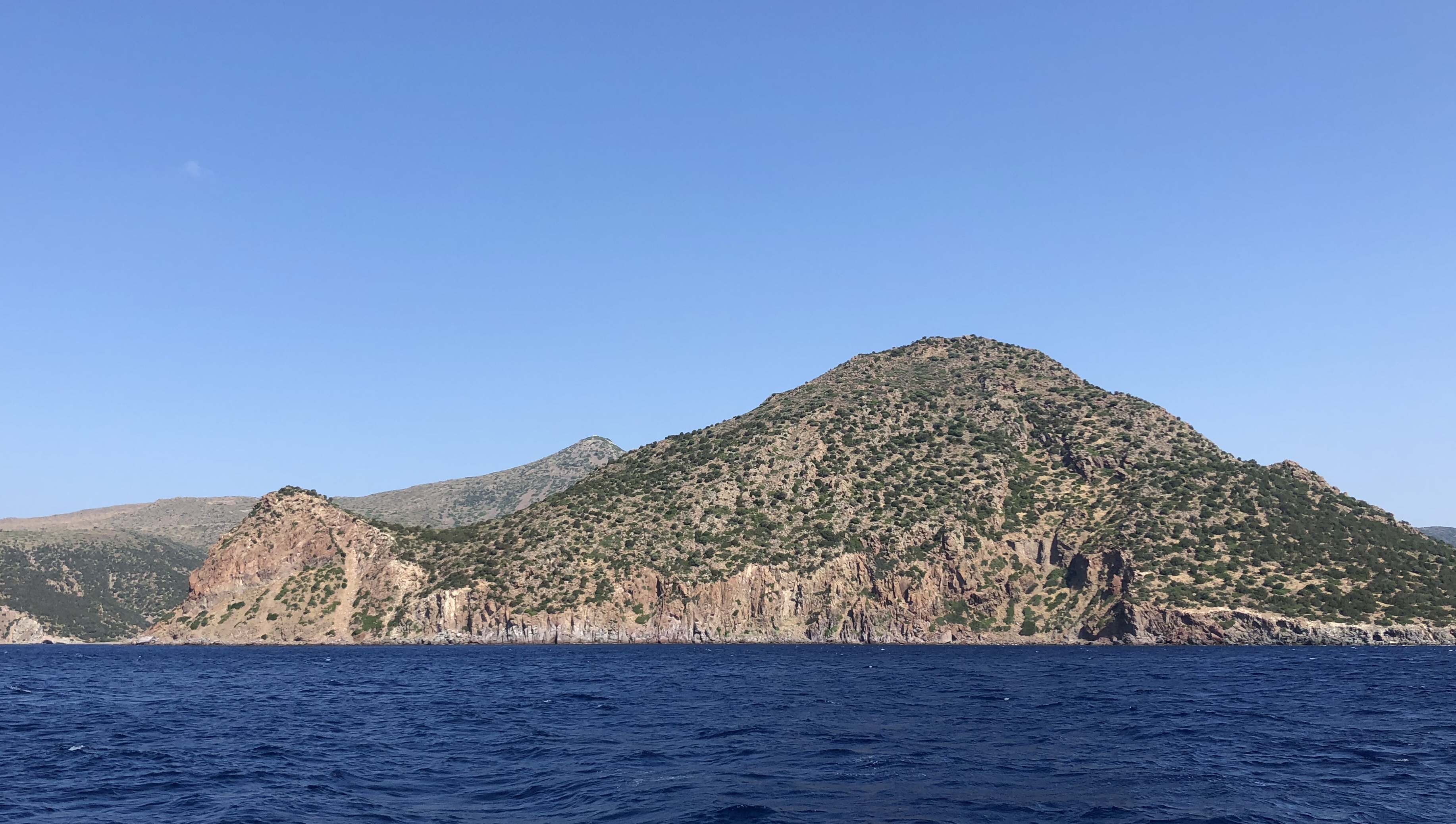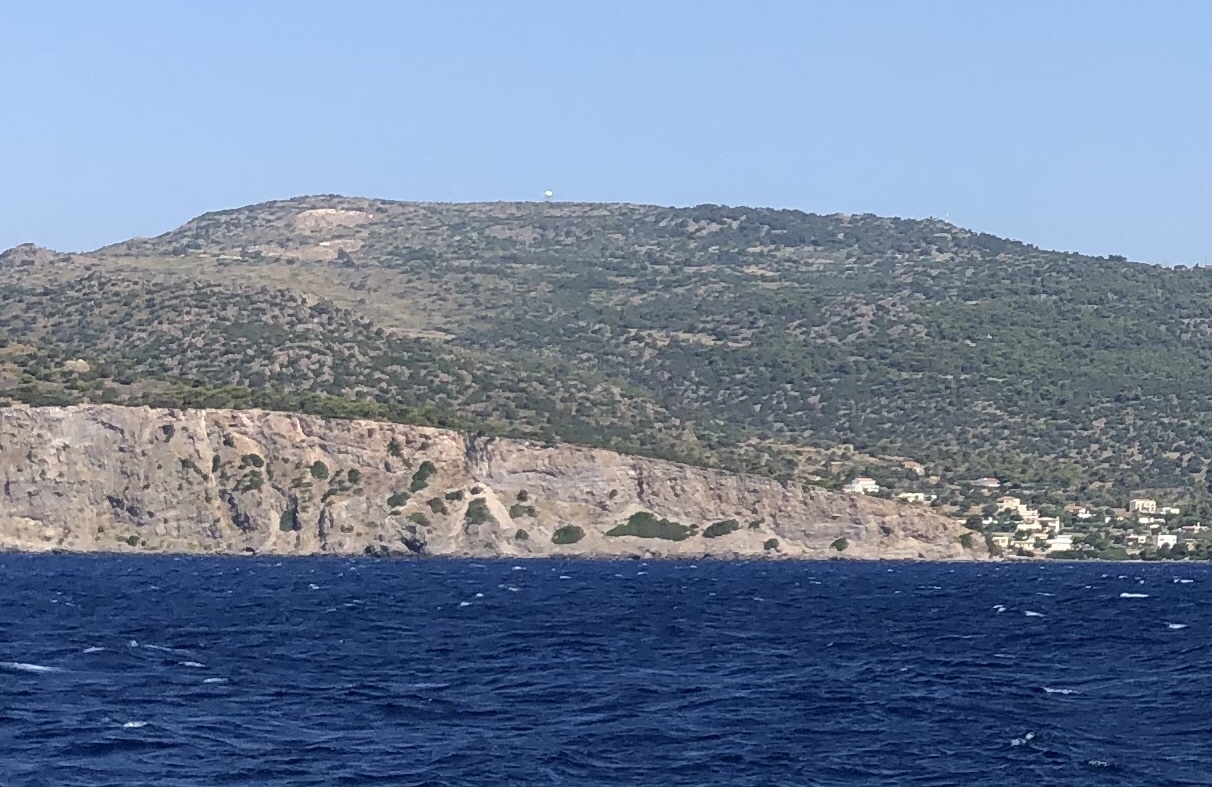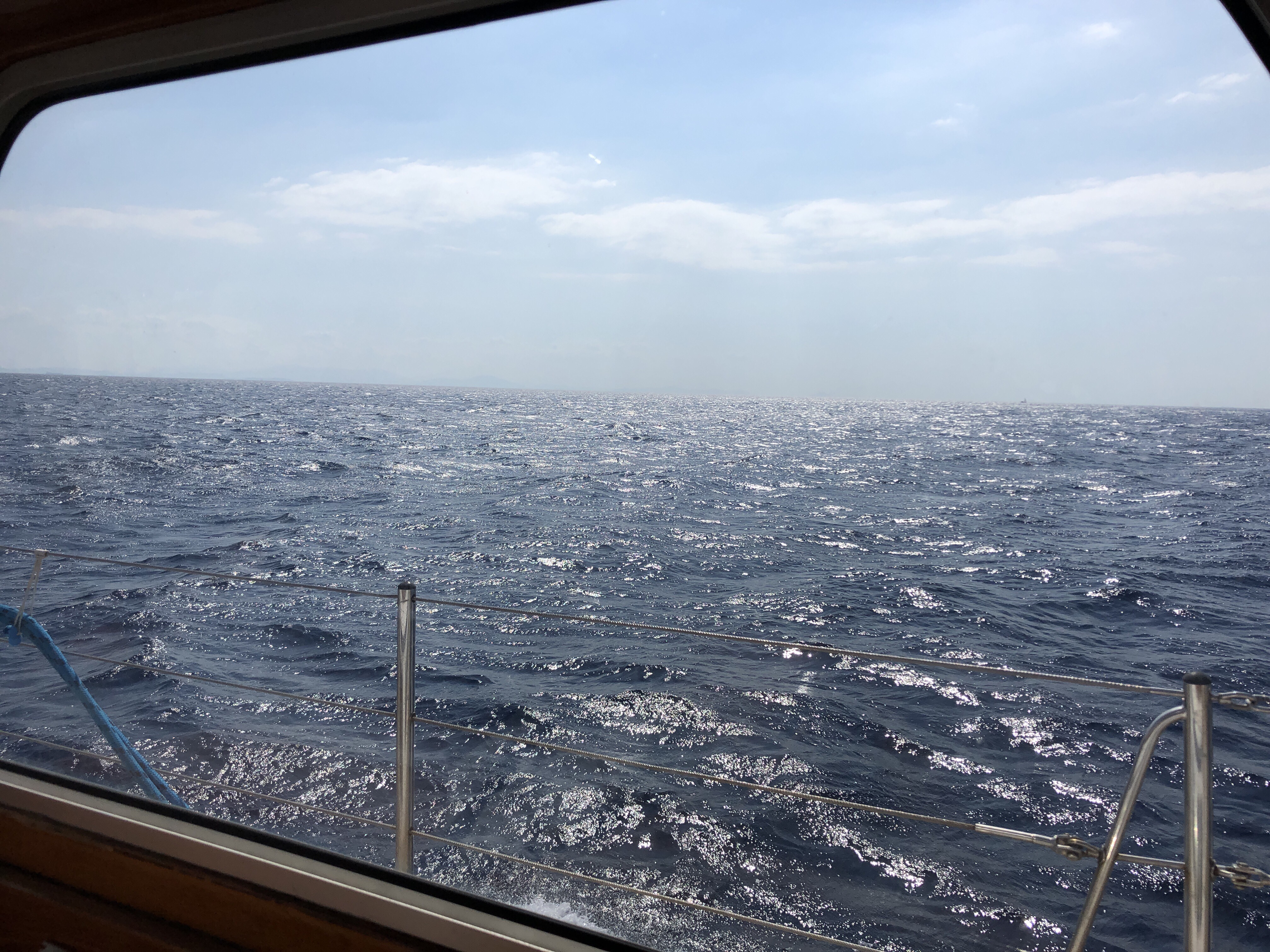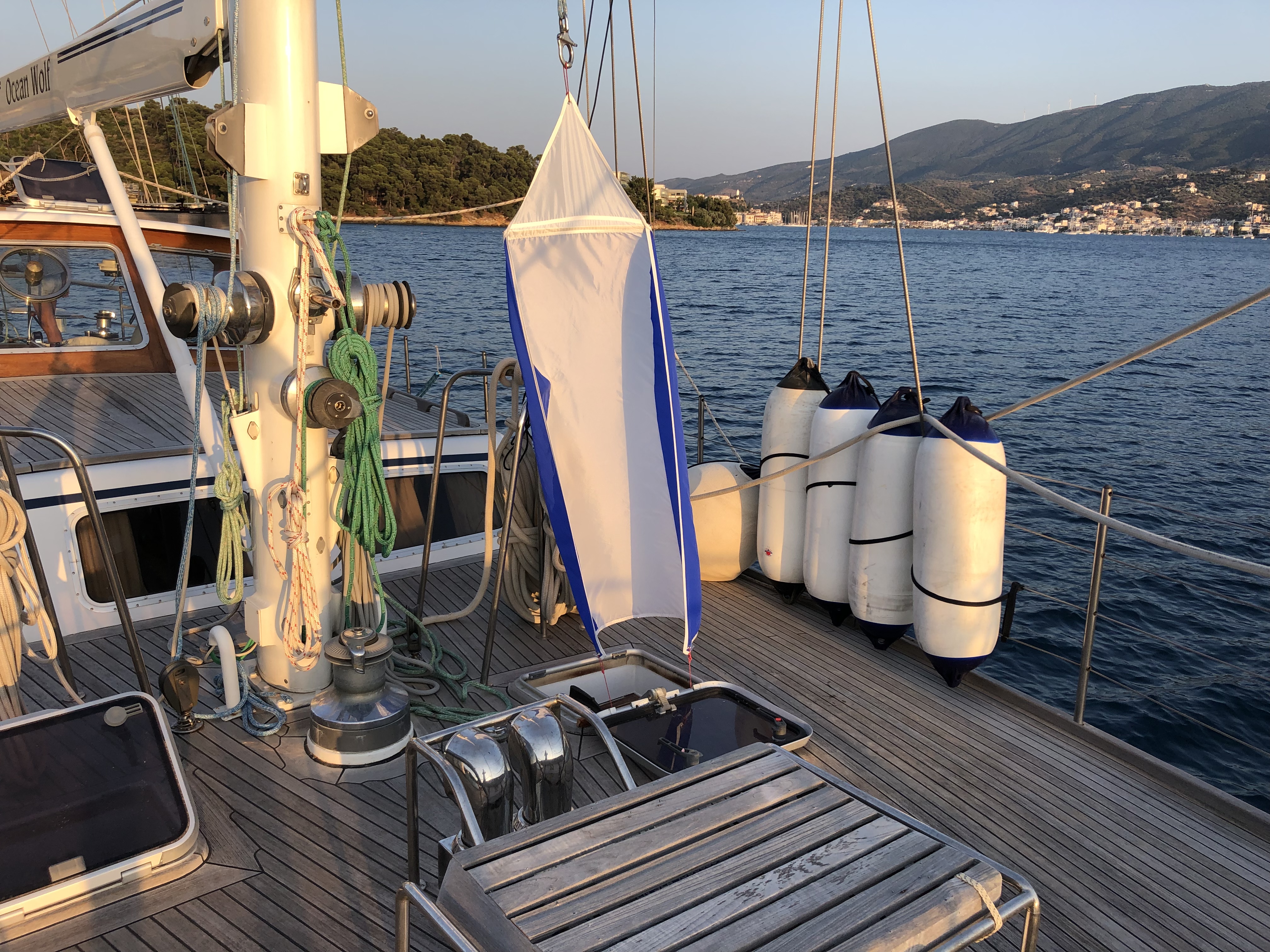Some days ago we found out that our bow-thruster anodes required replacement. Thus on one of our recent visits to the chandler in Poros we acquired some shiny new anodes of the correct size.
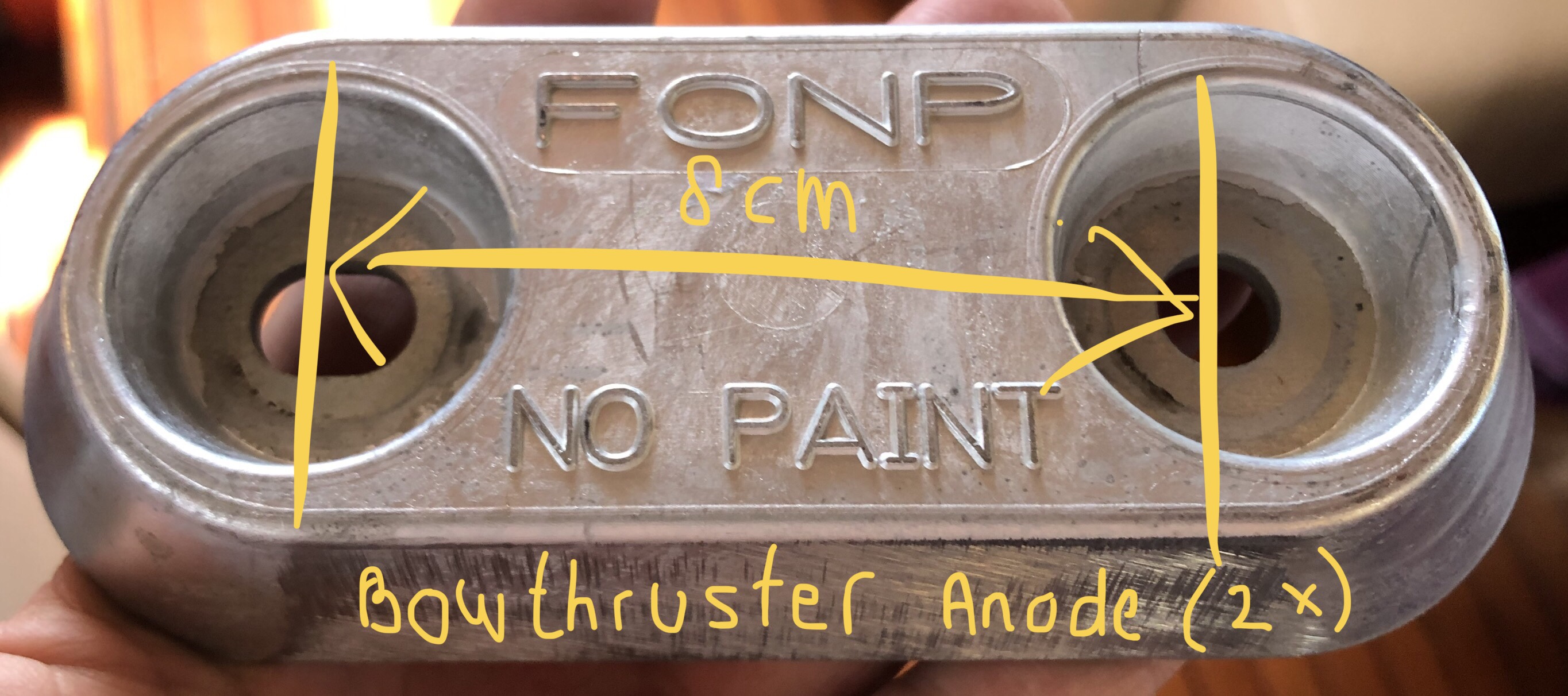
First we spend some time cleaning the nuts and bolts with a wire brush to remove as much of the growth as possible. Next we used our scuba gear to unscrew the remains of the old anodes without time pressure. This went fine until the point where we figured out that the new anodes didn’t fit despite our careful measurements. It turns out the mounting bolts on the starboard side that we measured at not spaced equally as the bolts on port side. Sigh. Thus the starboard anode went on without protest while the port anode didn’t fit at all. Luck had it that we had a new file on board that allowed to widen the mounting holes of the port anode. This allowed it to be bolted on during a second dive. Due to careful planning an skilled execution of the above we didn’t lose any tools or parts in the process.
Mission accomplished successfully!
(Due to operator error no footage was captured using the underwater camera. Oops)
Notes for next time
- Nuts/bolts are M10, spanner size 17
- The unmodified anode has 8cm distance between mounting holes, the other less. (6.5-7cm).
- Think of a better system to clip away all bits and pieces: something to keep the rings and nuts while not mounted, something to keep the anode(s) and tools.
- Ideally each diver should be able to use both hands to operate scuba gear without dropping anything :-).
- A wire brush is very functional but otherwise a pita because letting it dangle isn’t safe due to the sharp pointy bits that might puncture skin, suit, etc.
- We need more inox boltsnaps.
